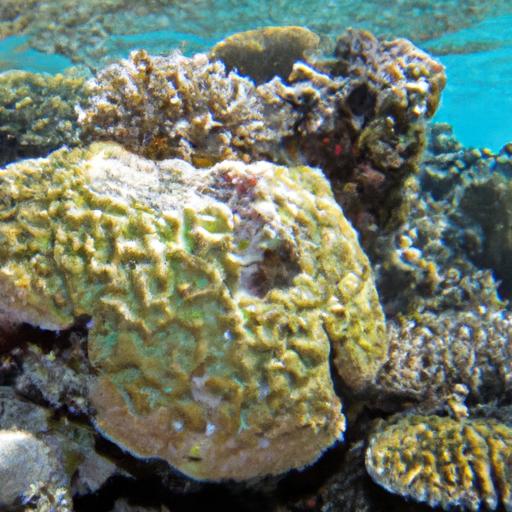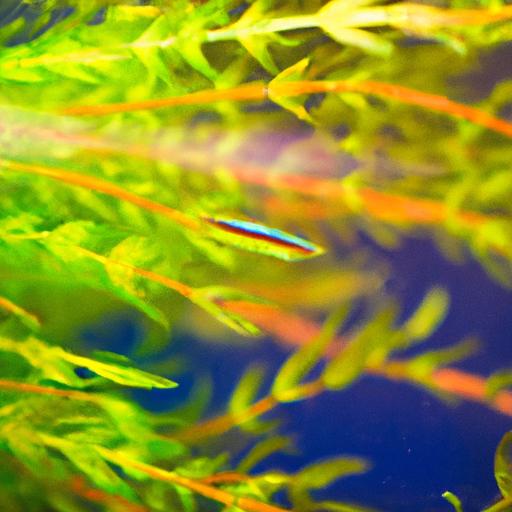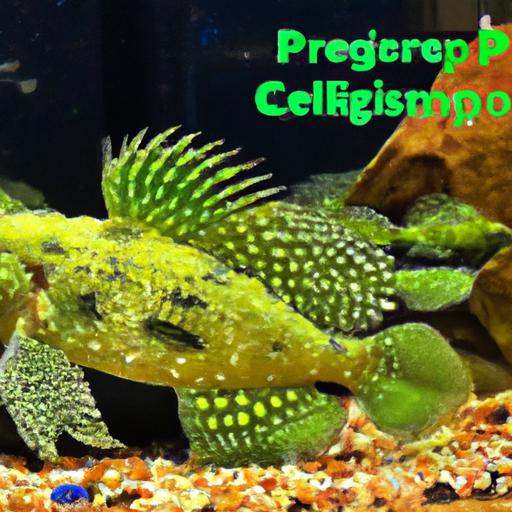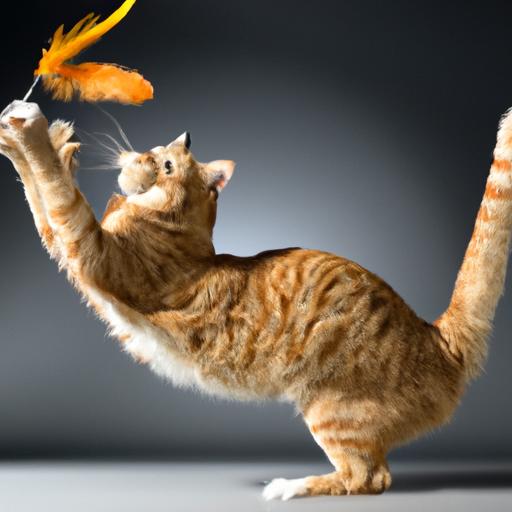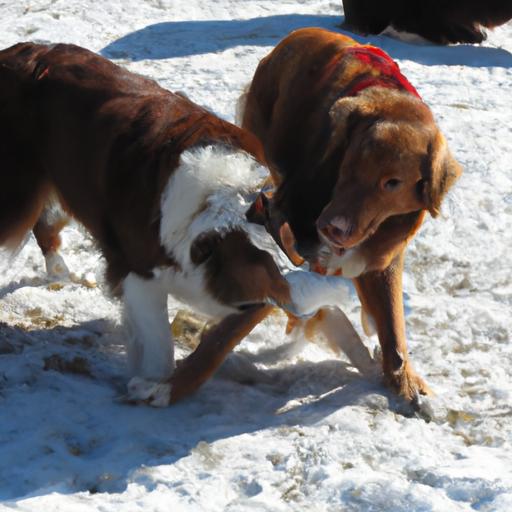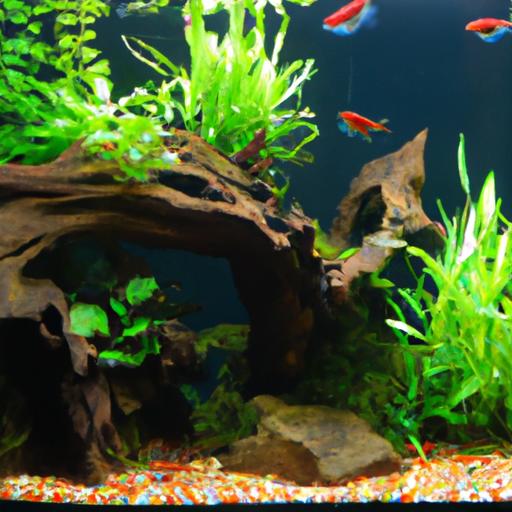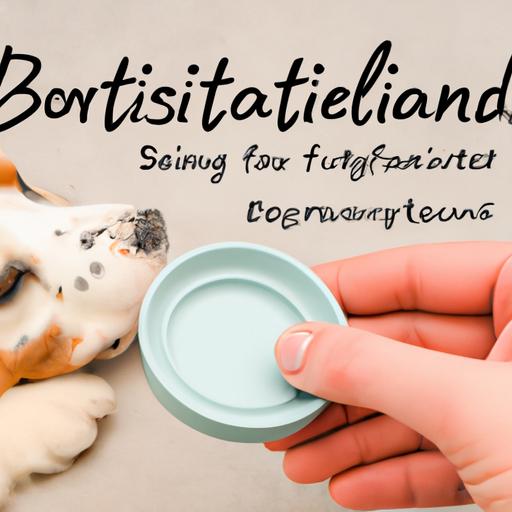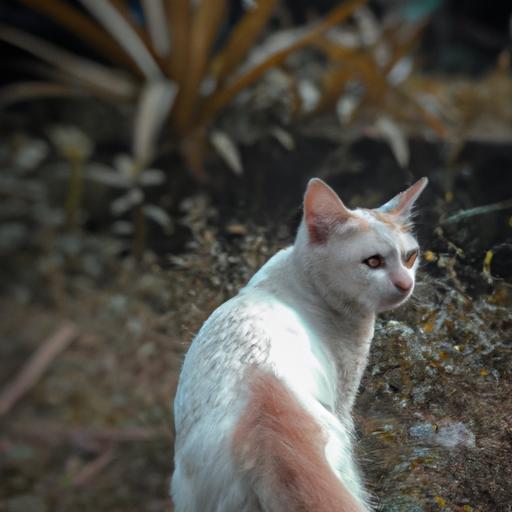
- Home
- Behavior and Training
- Understanding Cat Tail Puffing Behavior: Decoding Your Feline’s Body Language
Understanding Cat Tail Puffing Behavior: Decoding Your Feline’s Body Language
Discover the meaning behind cat tail puffing behavior. Understand why cats puff their tails, decode their body language, and nurture their emotional well-being.
Introduction
As cat owners, it’s crucial to understand our feline companions’ behavior to ensure their well-being and strengthen our bond with them. One intriguing behavior that often leaves us puzzled is cat tail puffing. In this article, we will delve into the depths of this behavior, decoding its meaning and shedding light on why cats puff their tails. So, let’s embark on this fascinating journey of understanding cat tail puffing together!
Understanding Cat Tail Puffing Behavior
Cat tail puffing, also known as tail bushing, is a captivating display that can indicate various emotions and states of mind in our furry friends. It occurs when a cat’s tail expands in size, often resembling a fluffy bottlebrush. To comprehend this behavior, it’s essential to explore its reasons and the accompanying body language.
-
Reasons for Cat Tail Puffing
Cat tail puffing can be triggered by different stimuli, and understanding these underlying reasons is key to interpreting your cat’s emotions accurately. Let’s explore the common triggers:
a. Fear or Aggression: When a cat feels threatened or fearful, their tail may puff up as a defensive mechanism, making them appear larger and more intimidating to potential adversaries. It serves as a warning sign that they are ready to defend themselves if necessary. It’s crucial to respect your cat’s boundaries during such situations and provide a safe environment.
b. Excitement or Playfulness: Cats often exhibit tail puffing when they’re excited or engaged in playful activities. It’s their way of expressing enthusiasm and anticipation, much like a child jumping up and down with excitement. Observing their overall body language can help determine if the tail puffing is associated with positive emotions.
c. Stress or Anxiety: Just like humans, cats can experience stress and anxiety. Tail puffing may occur when they feel overwhelmed or uneasy due to changes in their environment, unfamiliar visitors, or even loud noises. Identifying and addressing the source of stress can help alleviate their anxiety and restore a sense of calm.
-
Body Language Associated with Cat Tail Puffing
Cat tail puffing is often accompanied by other visual cues that provide valuable insights into their emotional state. By paying attention to their body language, you can better understand your cat’s needs and respond accordingly. Here are some key indicators to look out for:
a. Ears Position: When a cat’s tail is puffed, their ears may also be positioned more defensively, flattened or angled backward. This combination indicates that they are on high alert and possibly feeling threatened.
b. Piloerection (Raised Fur): In addition to a puffed tail, you may notice the fur along your cat’s back standing on end. This piloerection response, commonly referred to as “raised hackles,” is an instinctual reaction to stress, fear, or excitement.
c. Dilated Pupils: Another sign to watch for is dilated pupils. Cats with puffed tails often have enlarged pupils, reflecting heightened arousal or a state of vigilance.
d. Vocalizations: Cats may vocalize in conjunction with tail puffing. Growling, hissing, or yowling can indicate aggression or frustration, while high-pitched meowing might be a sign of excitement or playfulness.
FAQ: Common Questions about Cat Tail Puffing Behavior
-
What should I do if my cat’s tail is puffed?
If you notice your cat’s tail is puffed, it’s essential to assess their overall body language and the context of the situation. Avoid provoking them further and ensure a calm and quiet environment. Give them space and time to calm down if they’re feeling threatened or anxious.
-
Is cat tail puffing always a sign of aggression?
While tail puffing can be associated with aggression, it is not always the case. Cats may puff their tails due to excitement, playfulness, or stress as well. It’s crucial to consider other accompanying body language cues to accurately interpret their behavior.
-
Can tail puffing be a sign of happiness or contentment?
Tail puffing is typically not a sign of happiness or contentment. It is more commonly associated with heightened emotions like fear, aggression, or excitement. When a cat is content, their tail is usually relaxed and held in a neutral position.
-
How can I determine if my cat is feeling fearful or anxious?
Fear and anxiety can manifest in various ways, including tail puffing. Alongside a puffed tail, watch for flattened ears, a crouched body posture, or attempts to hide. Dilated pupils, rapid breathing, and excessive grooming may also indicate heightened stress levels.
Conclusion
Understanding cat tail puffing behavior is crucial for deciphering our feline companions’ emotions and ensuring their well-being. By comprehending the reasons behind tail puffing and interpreting the accompanying body language cues, we can respond appropriately to their needs. Remember, providing a safe, stress-free environment is vital for our cats’ overall happiness and mental health. So, let’s observe, listen, and nurture our furry friends with love and understanding.
Learn more about feline behavior: The Meaning of Ear Twitching, The Meaning of Tail Puffing.

















